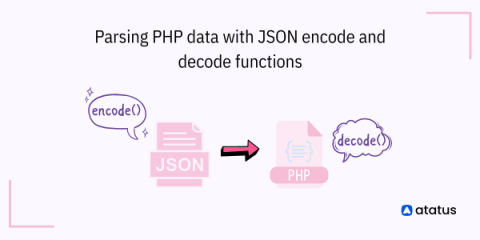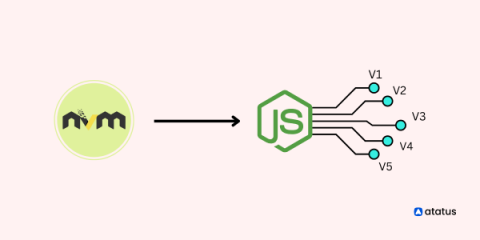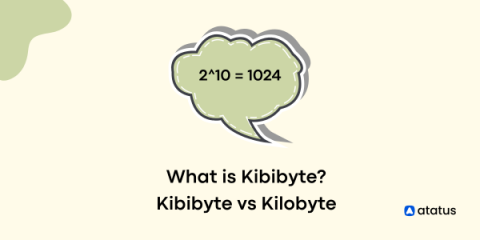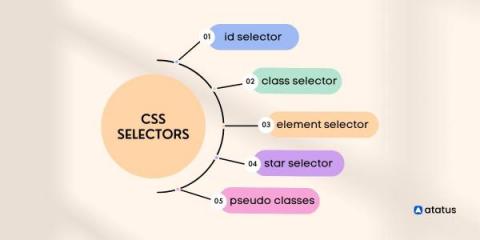Parsing PHP data with JSON encode and decode functions
PHP is a powerful backend developer language. In fact, it is the most used server-side scripting language today. There is a lot of coding that goes behind building a successful website. And all these work on data. The I/O commands written on a disk forms the data, and the resource material you’ve already embedded becomes data. Data can be written in any format - as a string, object, or array.











